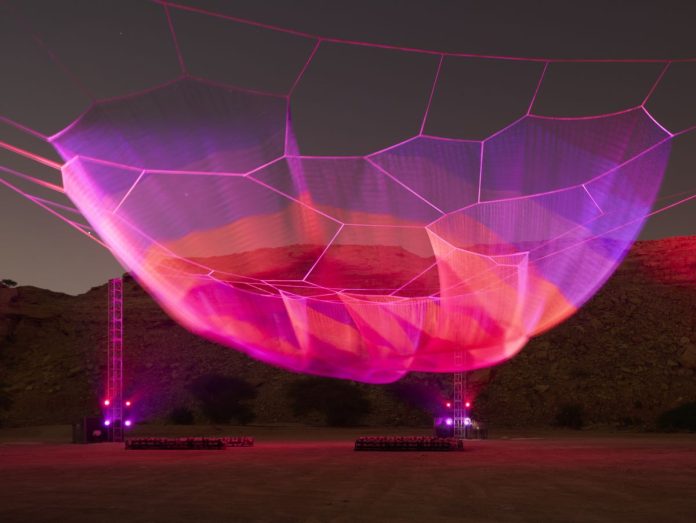Once again this year, Noor Riyadh returns to light up the Saudi capital. The country’s most important festival of lights began last week and continues until 16 December. For three years now, it has brought artists from around the world into one of the biggest cities of the Arabian Peninsula (over 100 talents this year, including some very famous names), bringing a large number of site-specific installations and works that transform the city into an open-air museum, a stage for creative innovation that blendsdesign, culture and novelty.

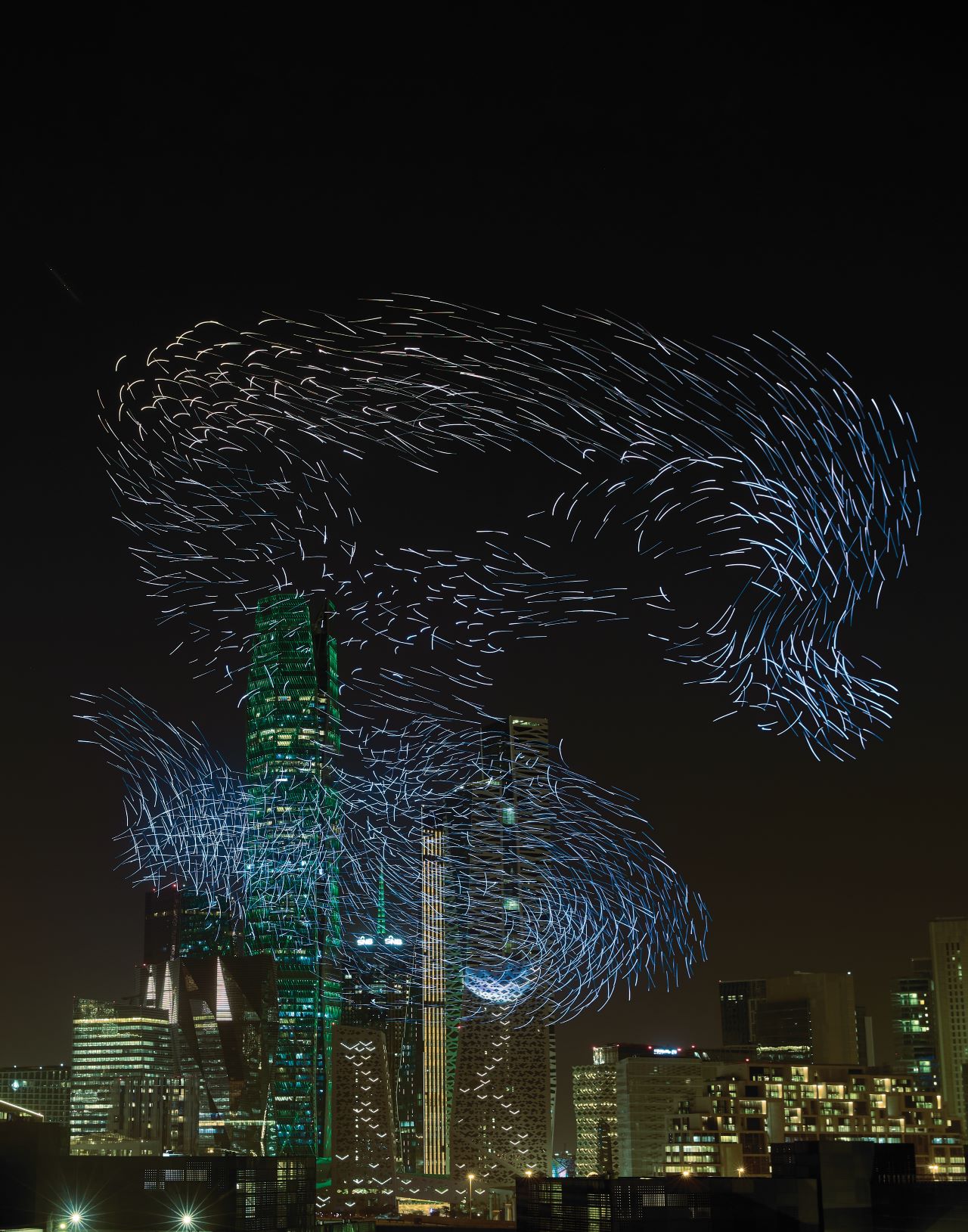
The selection for Expo 2030 has put Riyadh at the center of the global spotlight, transforming the city into a beacon of innovationand growth. On the evening of 28 November, Nouf Almoneef, director of the festival, proudly announced the nomination, which is also a victory over Seoul and Rome. In the background, a spectacular celebration featured over 3000 drones performing choreographies in the nocturnal sky of Riyadh. The festival thus began within these prospects for the future, offering an immersion in history and cultural identity through the works of local and international artists, while creating a luminous dialogue between the age-old story of the city and the modern world.
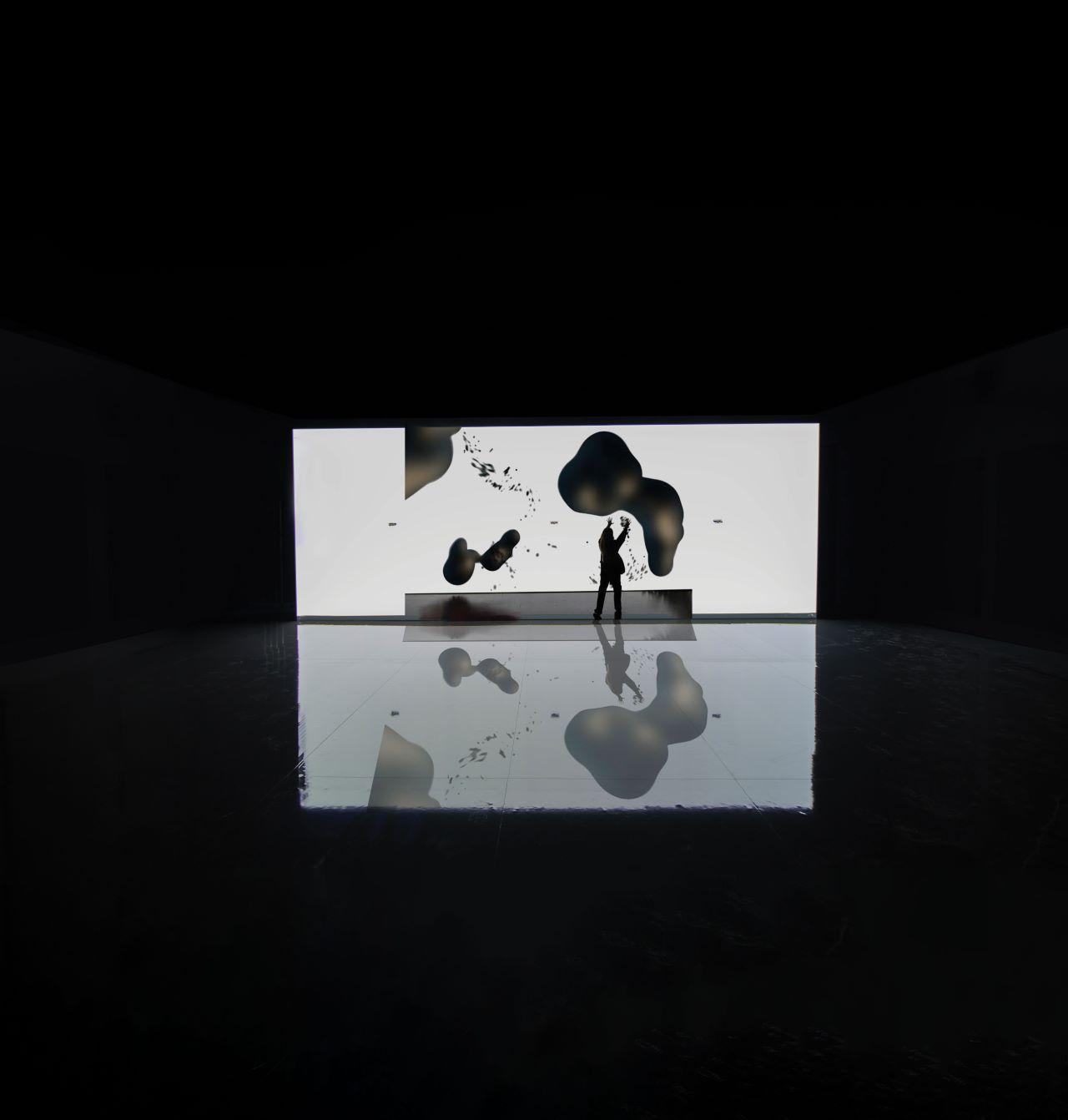
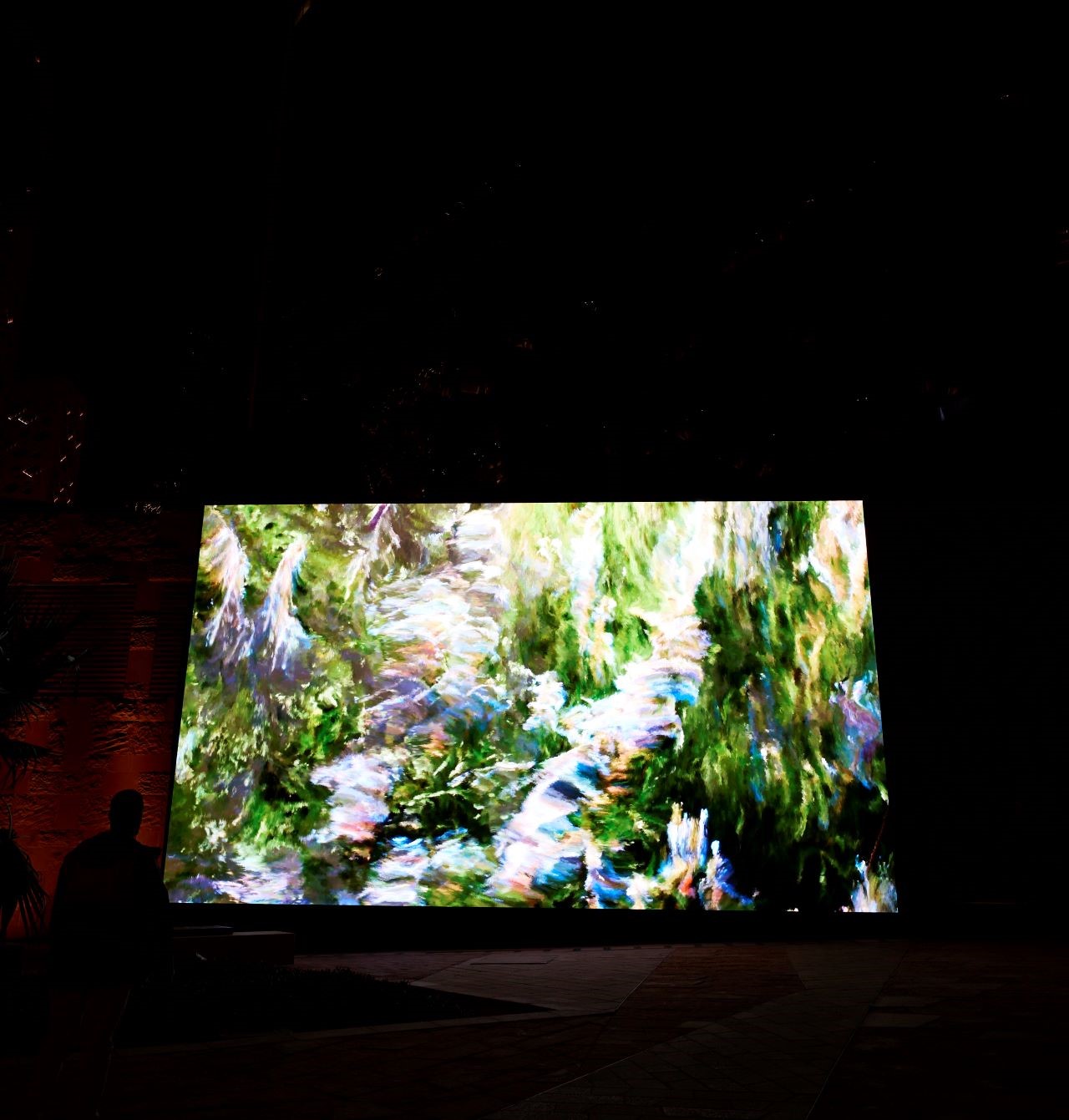
Curated by Jérôme Sans, flanked by Mexican-American Pedro Alonzo, and Saudi Arabian Alaa Tarabzouni and Fahad Bin Naif, this edition of Noor Riyadh saw a myriad of talent arrive from all corners of the globe. Distinguished names such as Carsten Höller, Erwin Wurm, Osgemeos, DRIFT – who proposed a poetic and delicate drone show –, Yinka Ilori and Chris Levine, all known for their visionary creativity and daring experimentation in the field of light art. As well as well-known designers such as Superflex, Shoplifter and Random International.
Articulated around five main hubs, the event is spread across the city, with the King Abdullah Financial District (KAFD) as the main hub. Known for its impressive and futuristic architecture, this modern district, known as the financial district, has been transformed by a series of installations that have breathed new life into its glass skyscrapers. On the facade of one of these skyscrapers, the giant video installation by Superflex, the Danish collective founded in 1993 by Bjørnstjerne Christiansen, Jakob Fenger and Rasmus Rosengren Nielsen, was projected. In their work, entitled Vertical Migration, a synophore, a complex, poly-formal organism that inhabits the ocean depths, is regenerated by computer. The work points to a possible way forward for a future in which art, science and design interact to promote positive change, forcing us to reconsider our relationship with the natural world, and proposing a vision of an interspecies future.
Also in the KAFD district, the work Jardins d’Été by Italian multimedia artist Quayola is a perfect example of the application of digital aesthetics and technology to the study of classical art and the beauty of nature. Through the use of processed digital images, the artist creates an ever-changing digital garden. Flowers bloom and leaves move gracefully, transporting viewers into a world of beauty and serenity.
The festival then devoted special attention to local artistic talent. Light was the leitmotif that inspired 35 Saudi artists who, with their installations, paid homage to Saudi culture, awakening memories and feelings in the observer, in a play of reflections and shadows. Among them, Abdulmohsen Al Bin Ali who, with his installation Dreamer Dreams, encouraged viewers to reflect on the links between memory and the desert environment, while Talin Hazbar, with his work Earth Records, unveiled layers of time, revealing stories hidden in the earth beneath our feet.
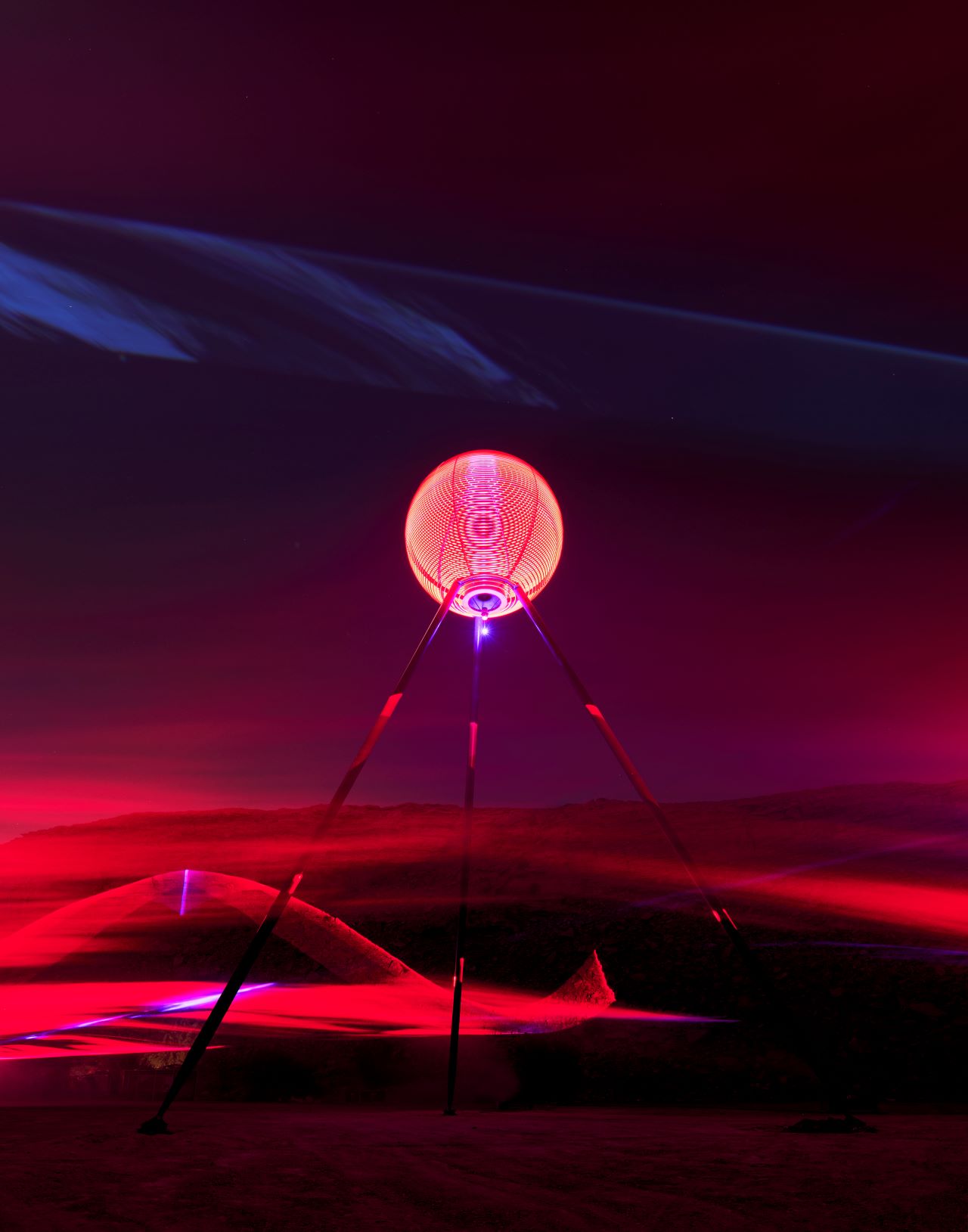
Particularly striking are two locations chosen for large-scale works: Wadi Namar and Wadi Hanifa, incredible metropolitan parks set in the natural beauty of the desert surrounding Riyadh. The work Molecule of Light by London-based Canadian artist Chris Levine interacts precisely with the landscape of Wadi Namar, with its lake surrounded by palm trees and green trees, offering a v contrast to the urban grey and the heat of the desert, creating an atmosphere of balance and tranquillity. With an impressive height of 25 metres, Levine’s installation comes alive as dusk approaches, offering a light show that captivates visitors. At the centre of the work is a meteorite, a symbol of ancient cosmic forces.
Also noteworthy is the work of Janet Echelman, an artist from Tampa, Florida (USA), famous for her large installations of net sculptures, suspended over public spaces in cities all over the world. At Wadi Namar, Echelman presented Earthtime 1.26 Riyadh, which epitomises the impeccable use of lightweight, inexpensive materials to create incredibly large and emotionally important works of art. The work represents the Earthtime network, a physical representation of scientific data of ocean wave motion, in response to the terrible earthquake and tsunami in Chile in 2010, which effectively shortened the length of the Earth’s day by 1.26 microseconds, hence the title.
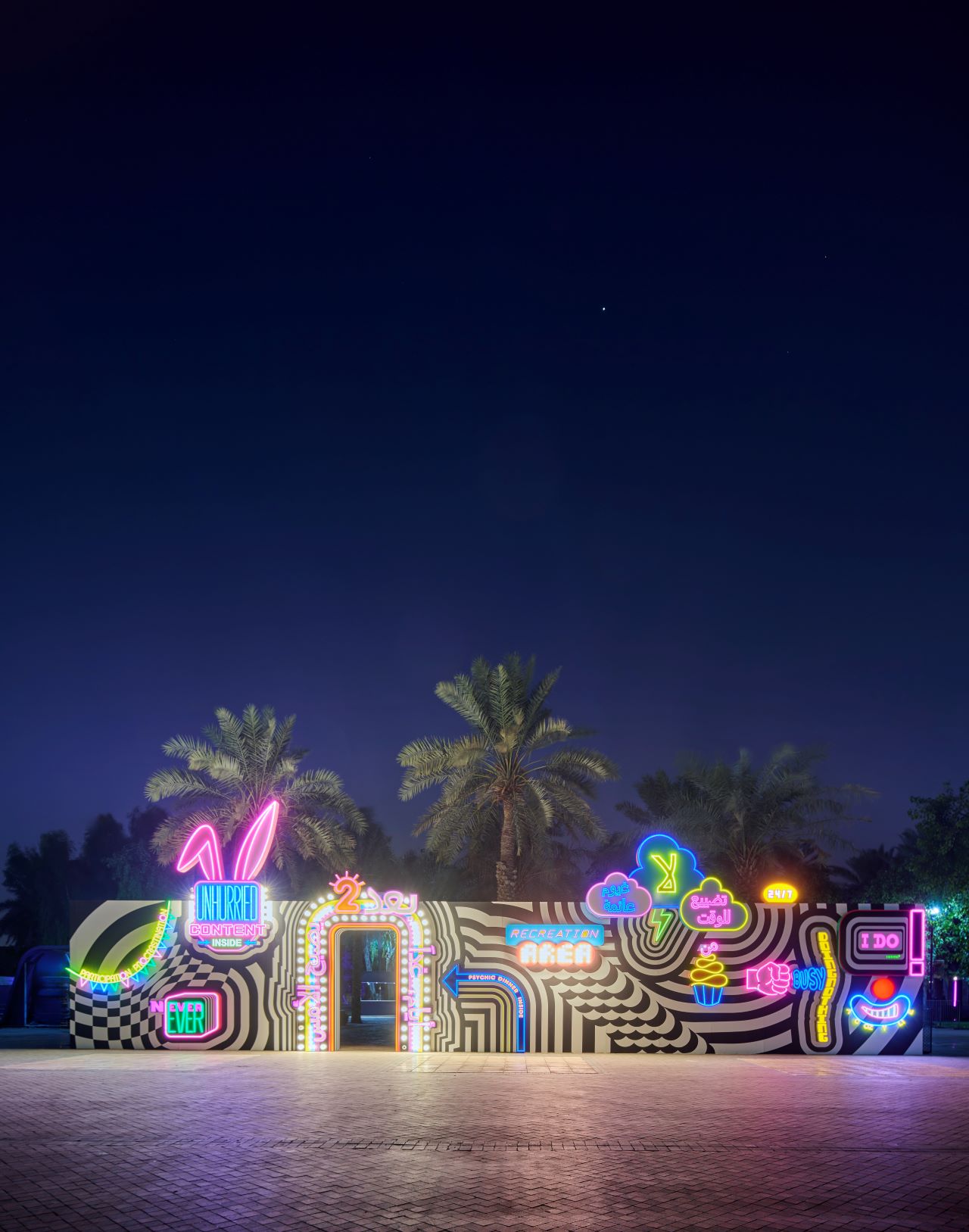
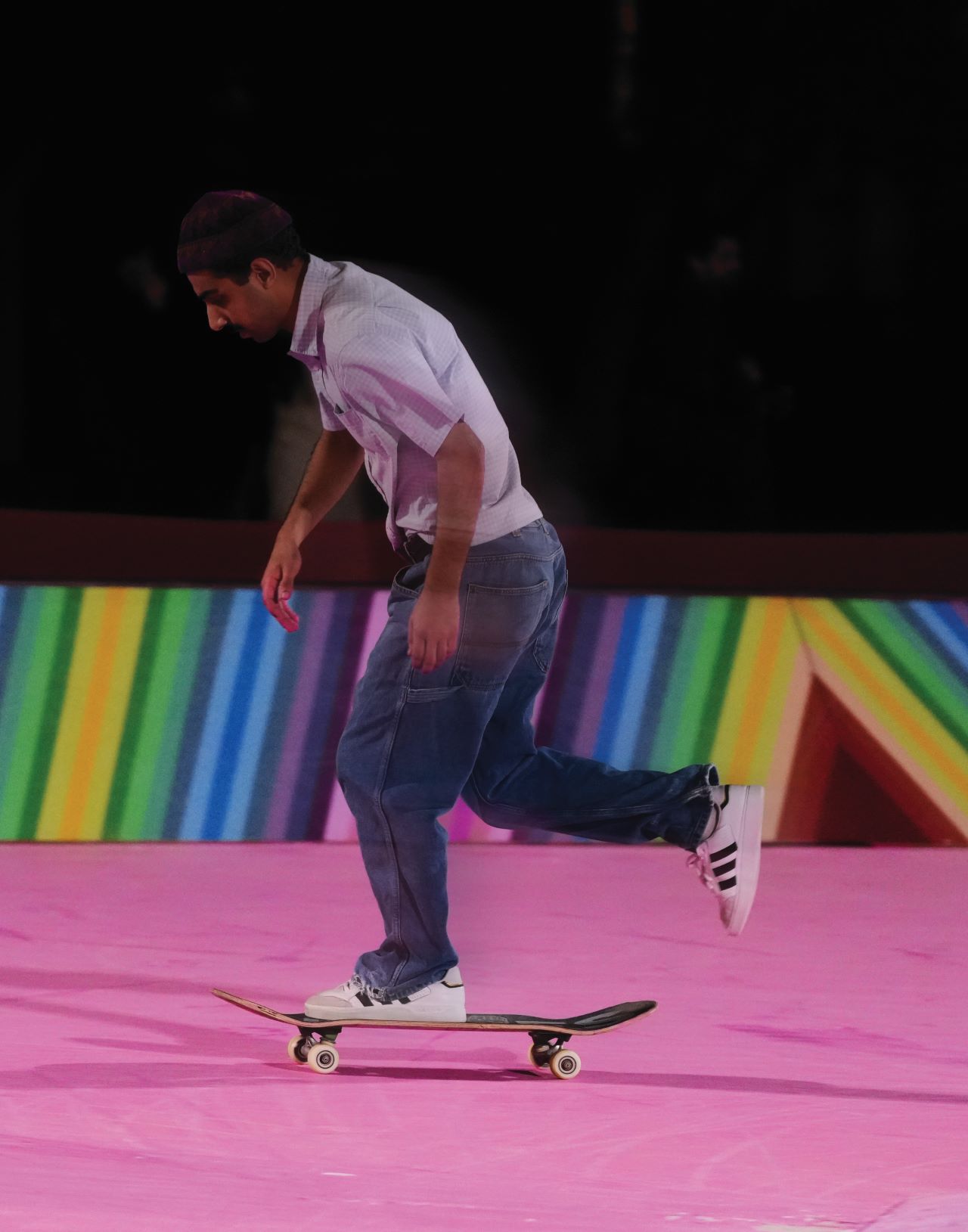
The work by German conceptual artist Tobias Rehberger – whose interdisciplinary practice crosses the boundaries between art, design and architecture – was created for Salam Park, an oasis of tranquillity in the heart of the city, which has been transformed into a luminous artistic stage. With the work Lost to Find, whose title provides a clear thematic indication, Rehberger invites viewers to confront the concept of loss and finding through a series of light installations.
In Wadi Hanifah, a picturesque valley on the outskirts of Riyadh, the protagonist is the installation Light Rings by the American artist Oscar Tuazon, a perfect example of his sculptural and architectural approach to the art world. The work consists of a series of light rings of varying sizes. This installation, which clearly dialogues with its natural surroundings, incorporates a combination of industrial materials, including steel and glass, creating a dialogue between nature and urbanity, old and new. Also on display at Wadi Hanifah is an intervention by Shilpa Gupta, an Indian artist known for her work exploring issues of gender identity. Her work We Change Each Other, which consists of a series of illuminated words scattered on a wall forming the phrase ‘We change each other’, reminds us how art can unite people across cultural boundaries.
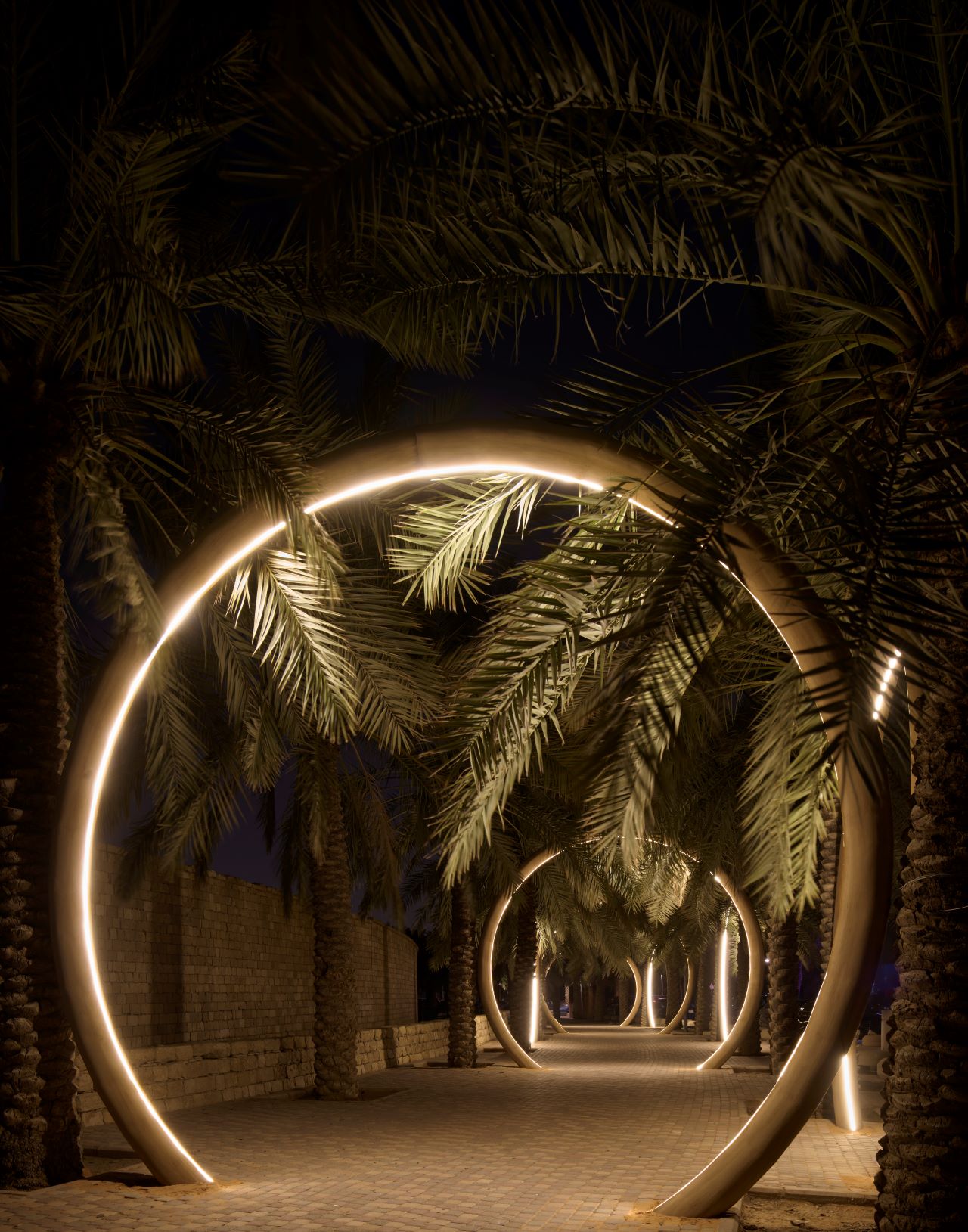
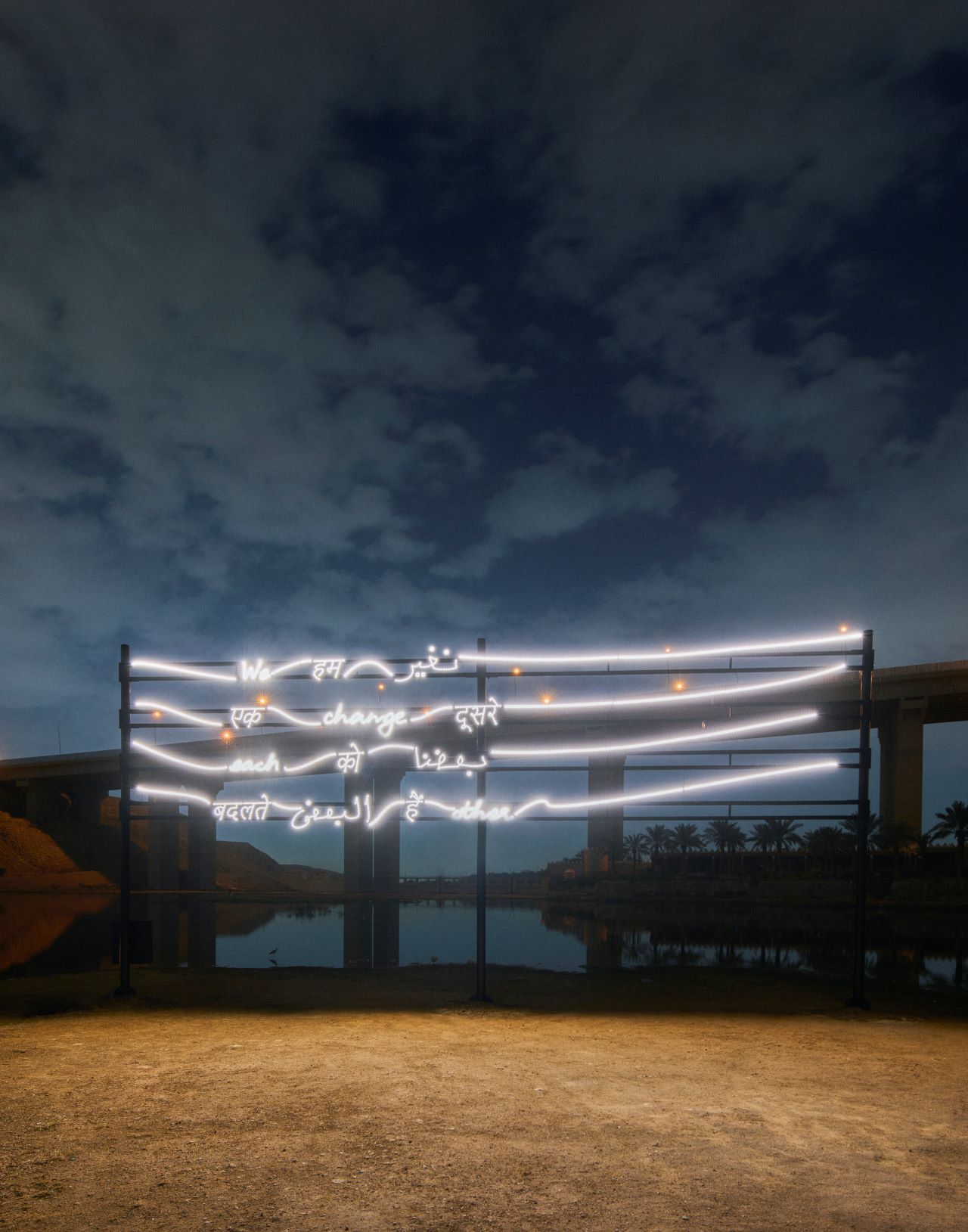
Strongly endorsed by Mohammed bin Salman, who is leading the country’s transition to a viable economy in the post-oil era, Noor Riyadh is part of the Vision 2030 strategic plan designed to reduce Saudi Arabia’s dependence on fossil fuels, diversify the economy, and develop public service sectors such as healthcare, education, infrastructure, culture, recreation, and tourism.
In a concluding note, Khaled Al-Hazani, Executive Director of Riyadh Art, says: “With an amazing selection of artworks and a rich community engagement programme, Noor Riyadh 2023 promises to bring us one step closer to Riyadh Art’s goal of transforming the city into a gallery without walls”.

